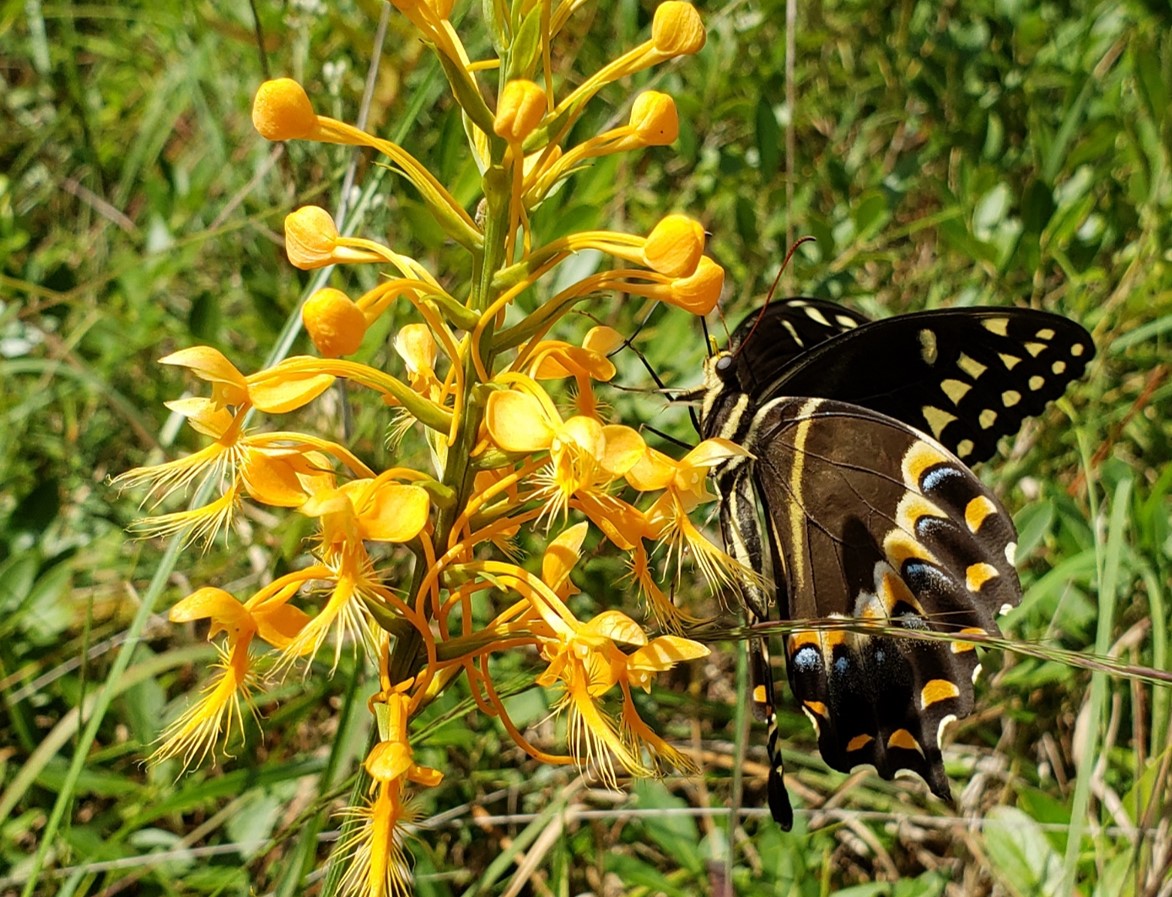Research ProjectOrchid Pollinator Diversity
Affiliated Labs
Project Goal
Pollinators are fundamental to orchid diversification and the maintenance of orchid populations. Knowledge of orchid pollinator relationships is sorely incomplete, with no documented pollinators for almost 50% of orchids, and spatially patchy records for the rest. We are identifying pollinators that visit orchids during the day and night.
Description

Orchid-pollinator relationships can be extremely complex, with single orchid species pollinated by different combinations of animal vectors across their ranges. Fine-resolution studies of orchid-pollinators help us understand evolutionary processes (speciation, population dynamics, adaptation, and migration) and for predict how vulnerability of these relationships may influence the long-term survival of our native orchid flora. In North America, our knowledge of pollinator relationships is sorely incomplete, with no documented pollinators for almost 50% of orchid species, and spatially patchy records for the rest.
To address this need, we have begun a long-term program unified through discovery and conservation, enlisting volunteer scientists to document orchid-pollinator relationships. Our ultimate objectives for this program are to understand how spatial variation in pollinator communities has catalyzed the diversification of North American orchids and to determine how variability in orchid-pollinator relationships may lead to population-level orchid vulnerability in the future.
Collaborating with researchers at Texas A&M University, George Mason University, and a network of community scientists, we are producing a database of orchid-pollinator relationships throughout eastern North America. Using motion-triggered video cameras, we are determining:
- How shared pollinators contribute to natural hybridization in fringed orchids (Platanthera)
- How pollinators vary among locations
- How the nighttime observation of orchids using cameras with infrared lights alters assessment of pollinator diversity.
We are also collecting photos of orchid pollinators from the public to broaden the range of sites we have pollinator records for (Have you captured photos of orchid pollinators?).
We are finding that pollinator composition and the number of visits vary among species and sites. We have also found that shared pollinators contribute to natural hybridization.





